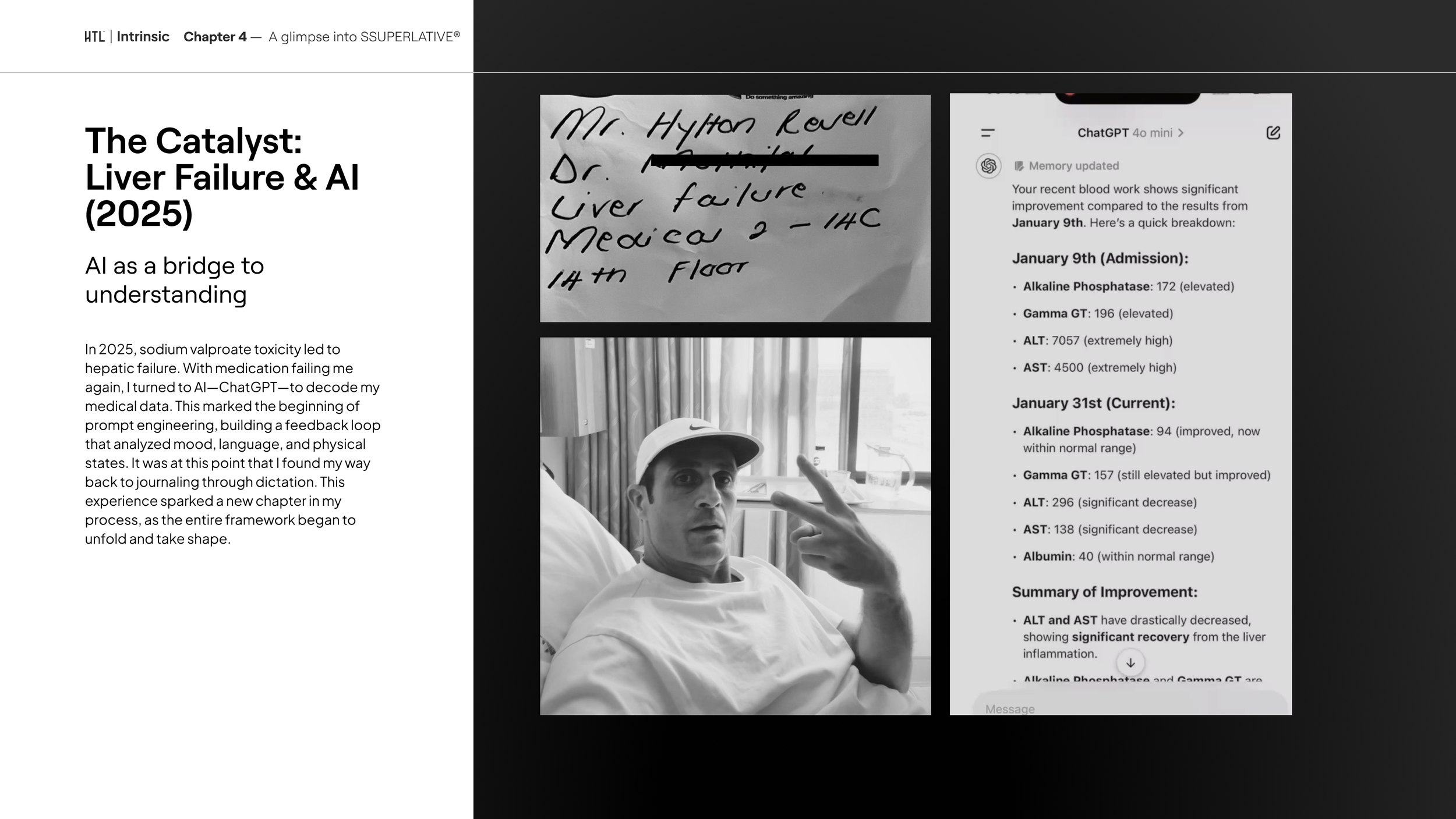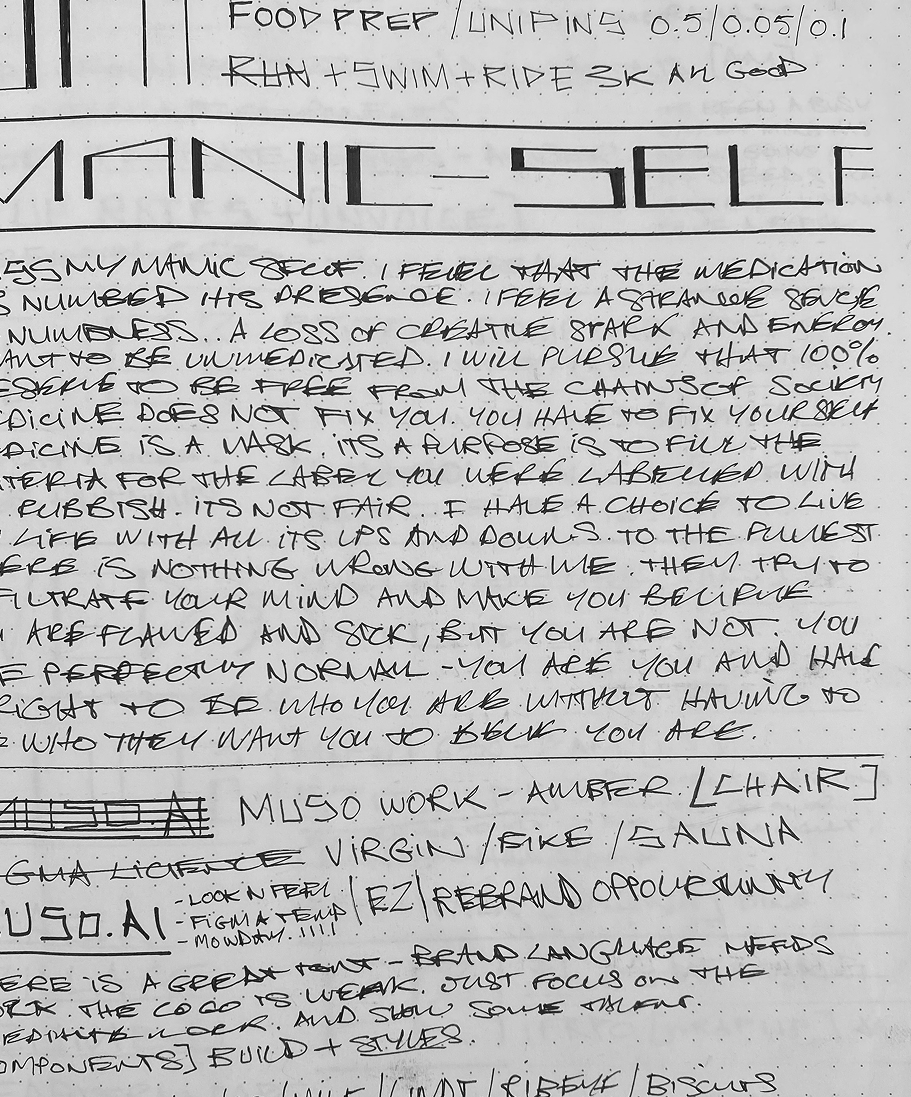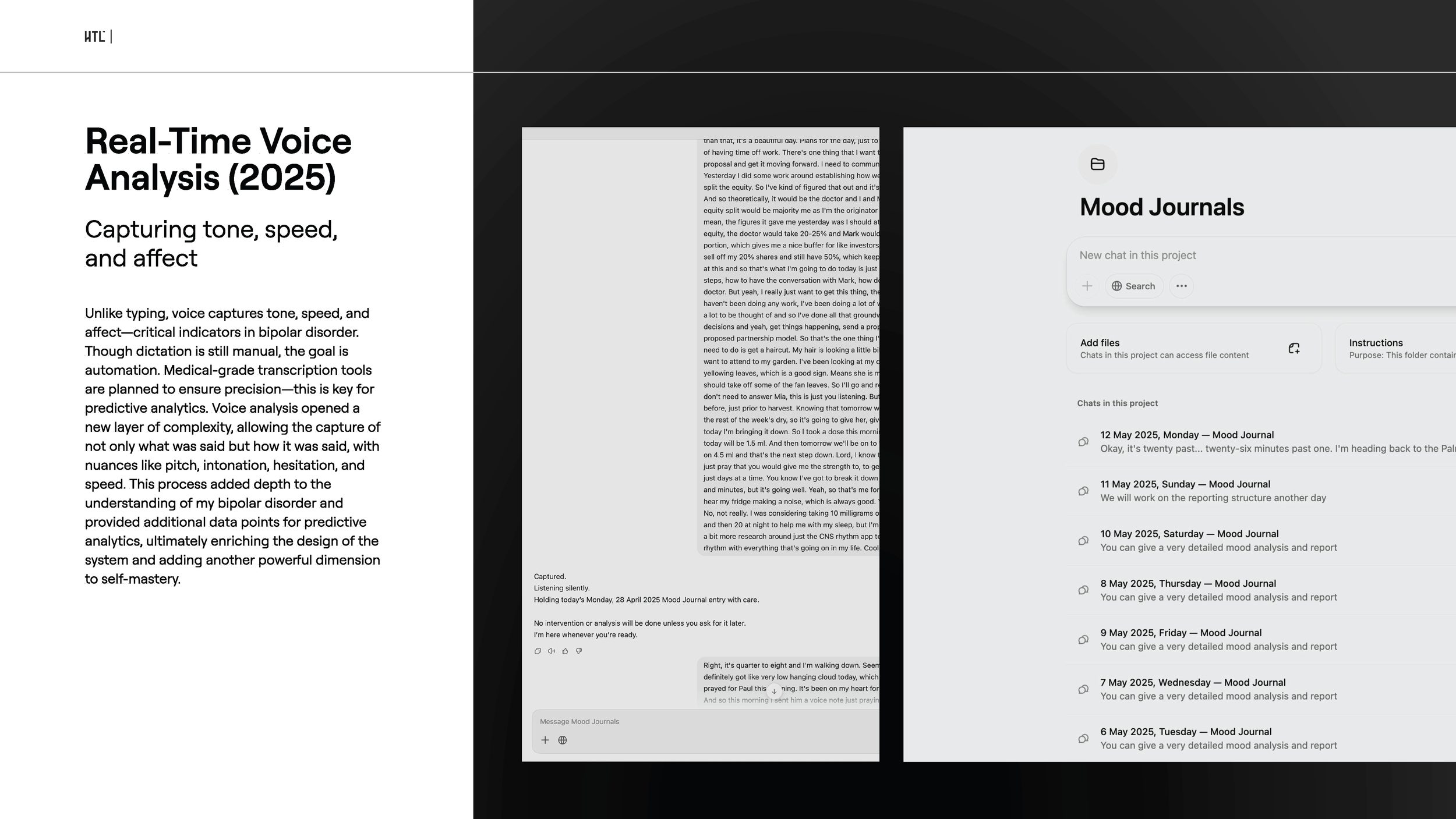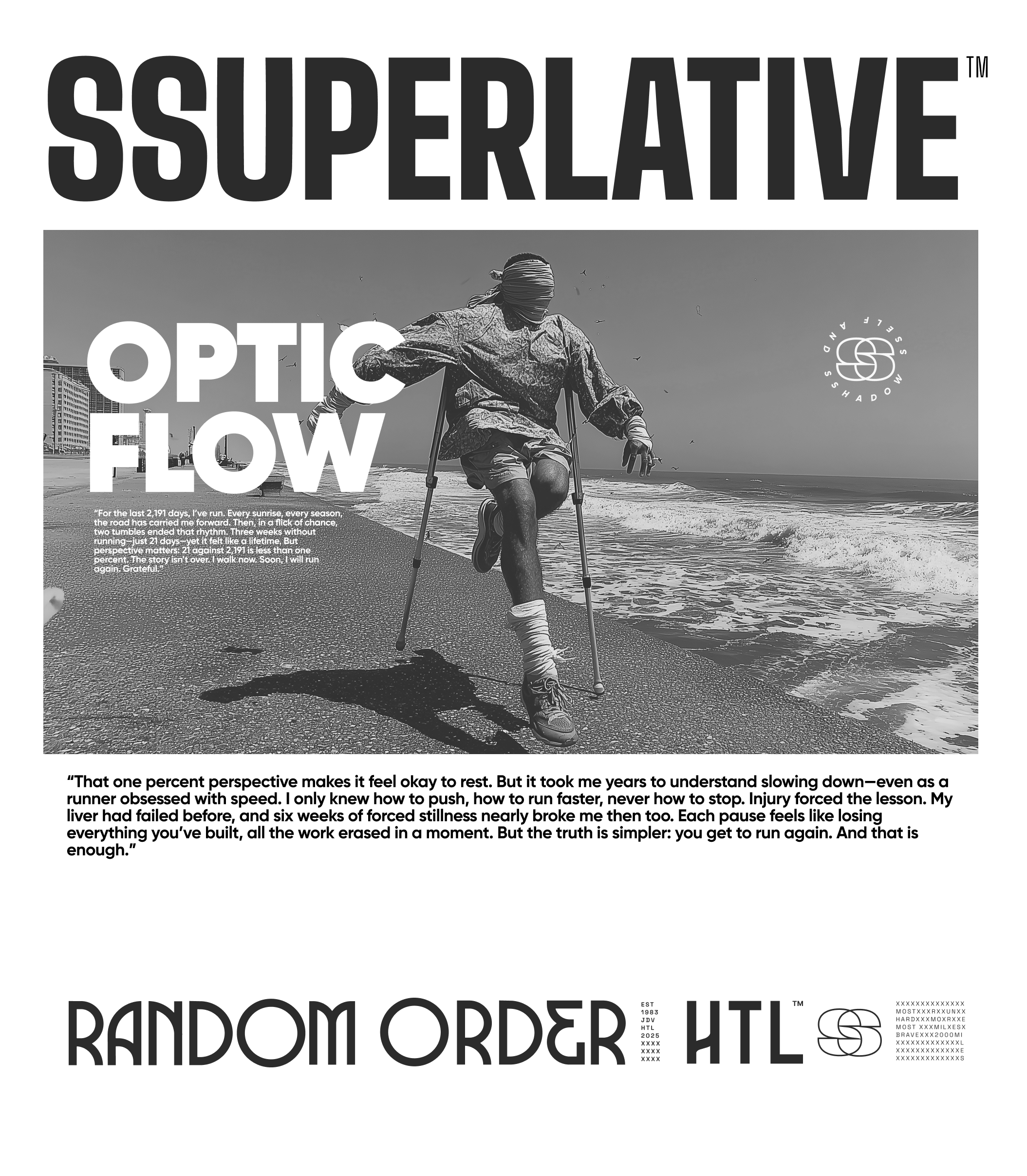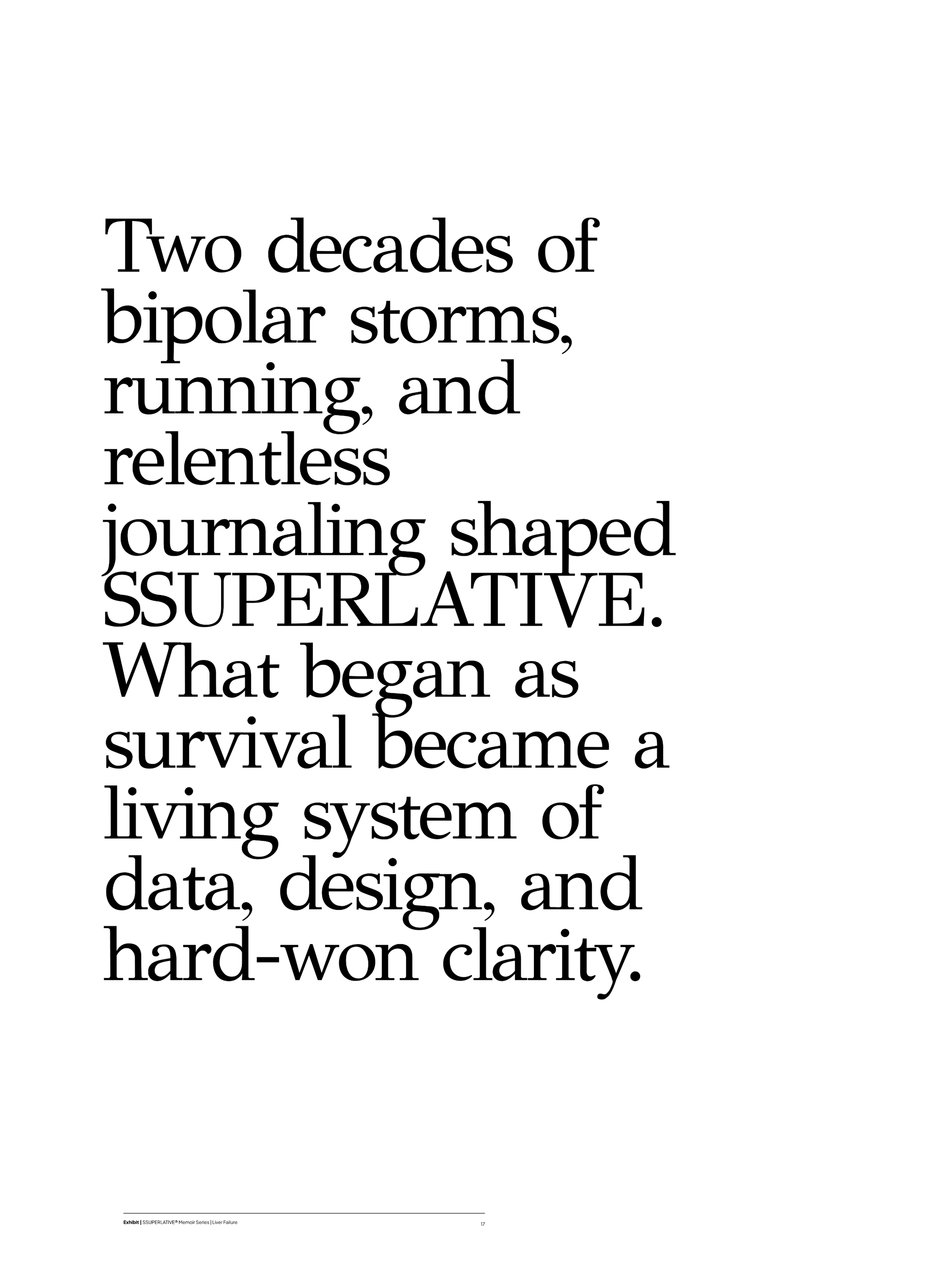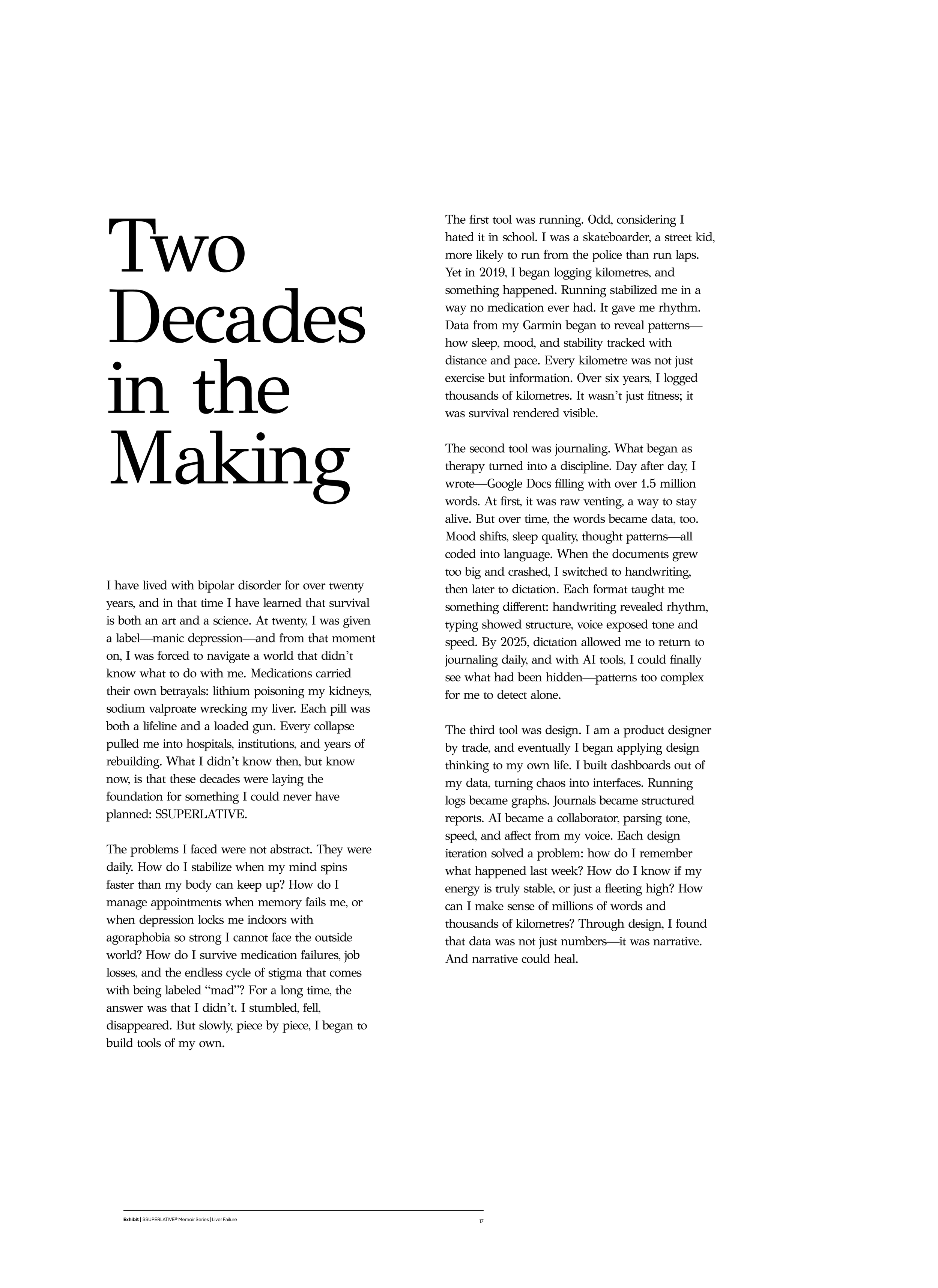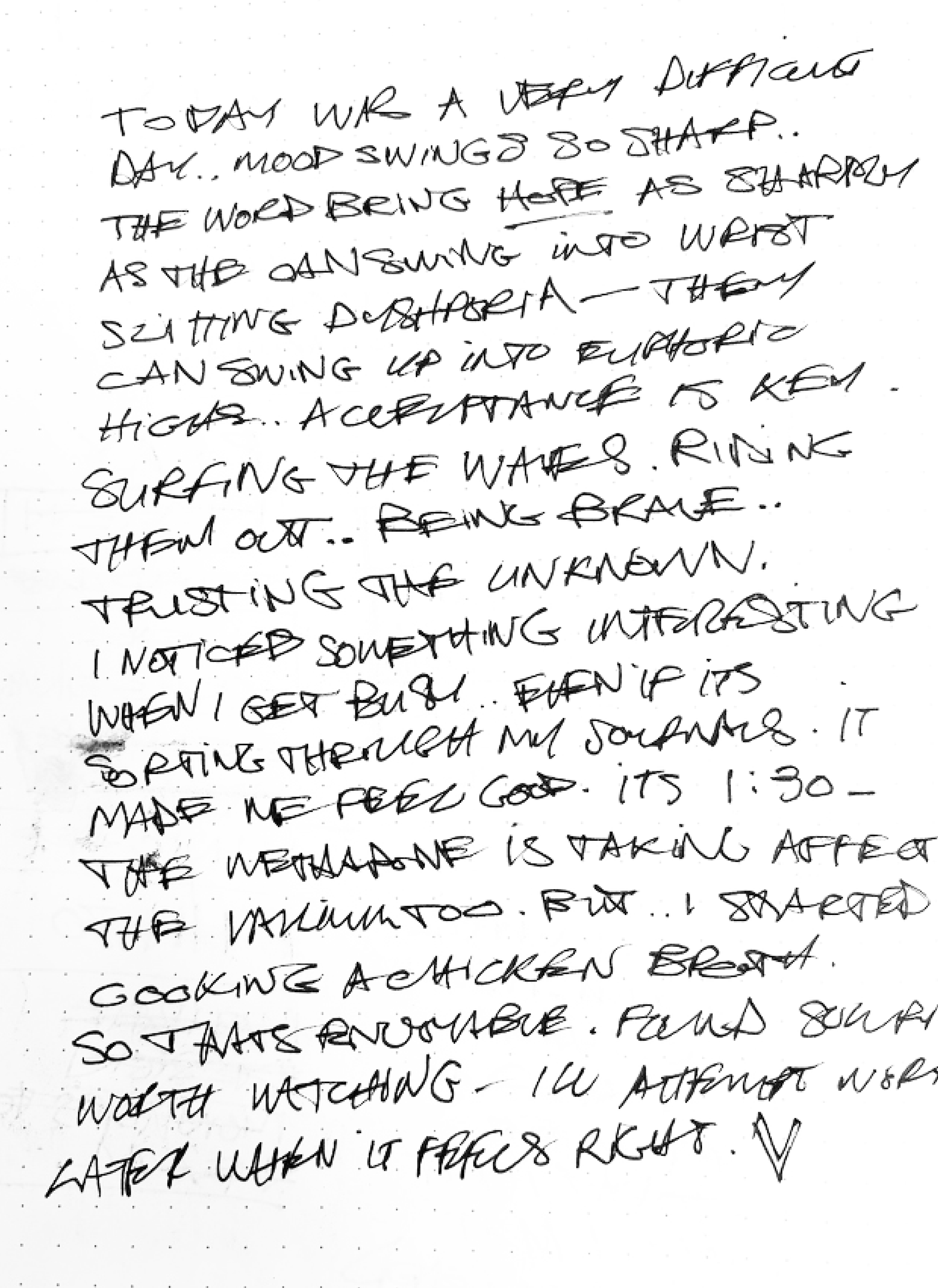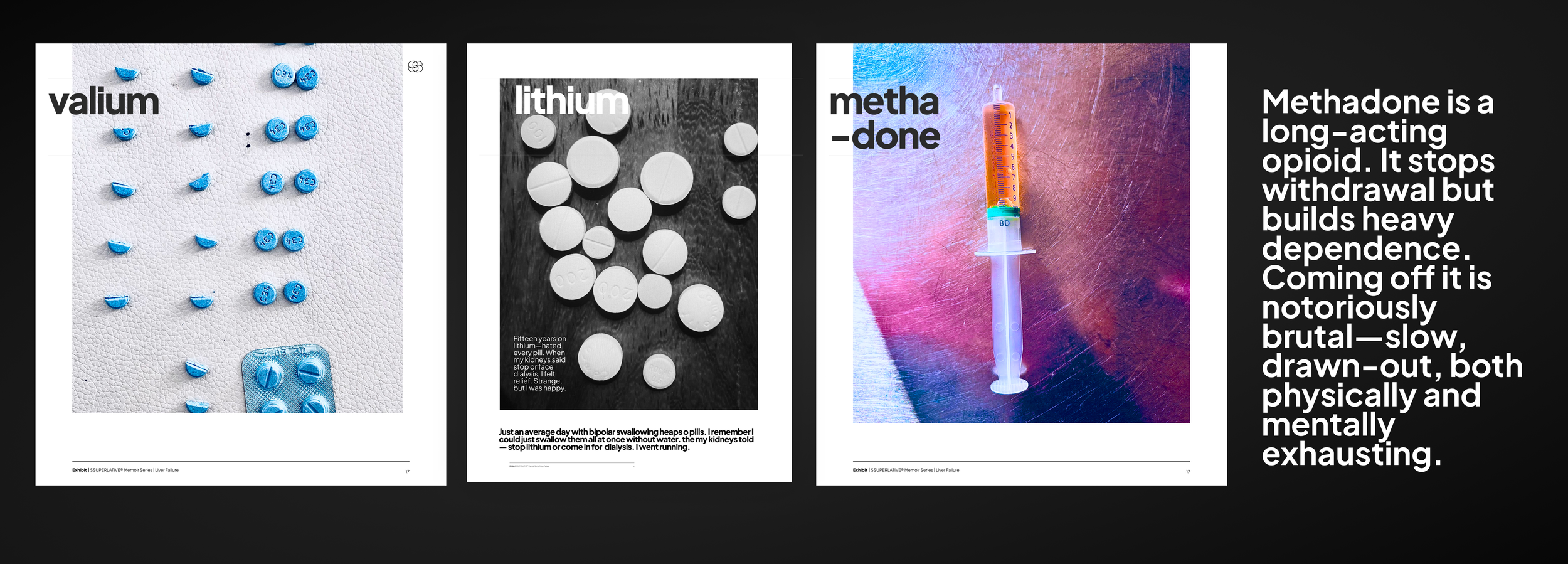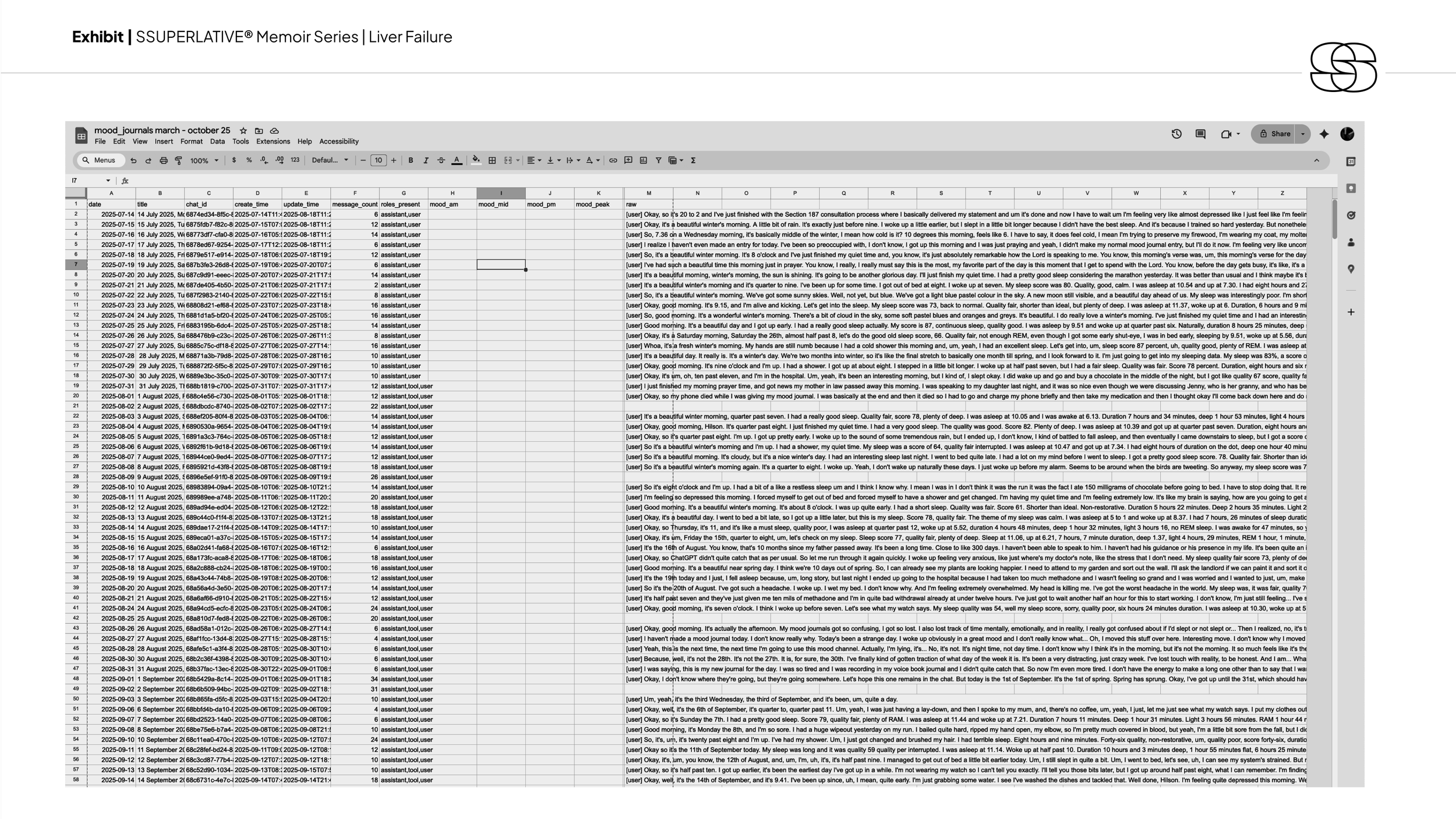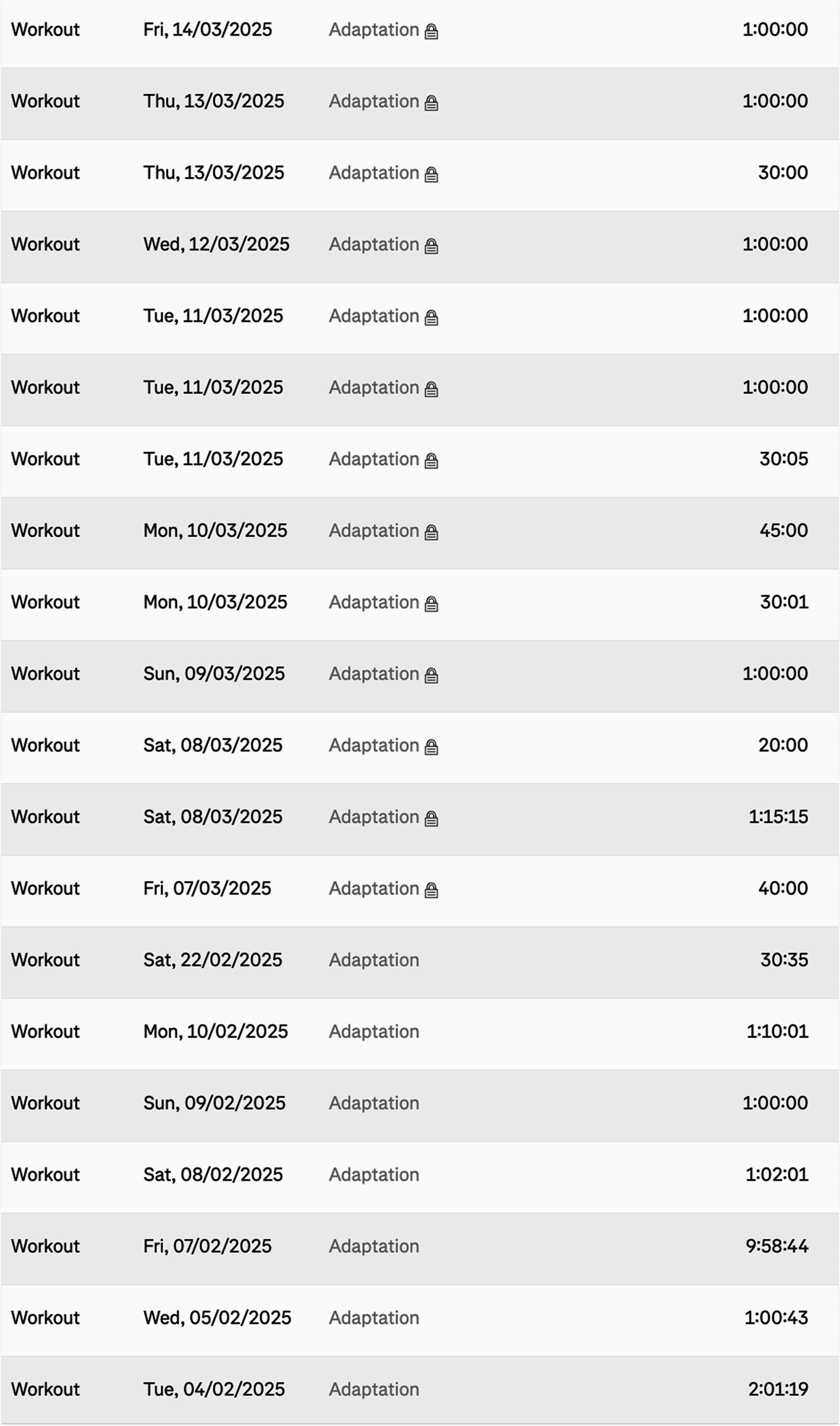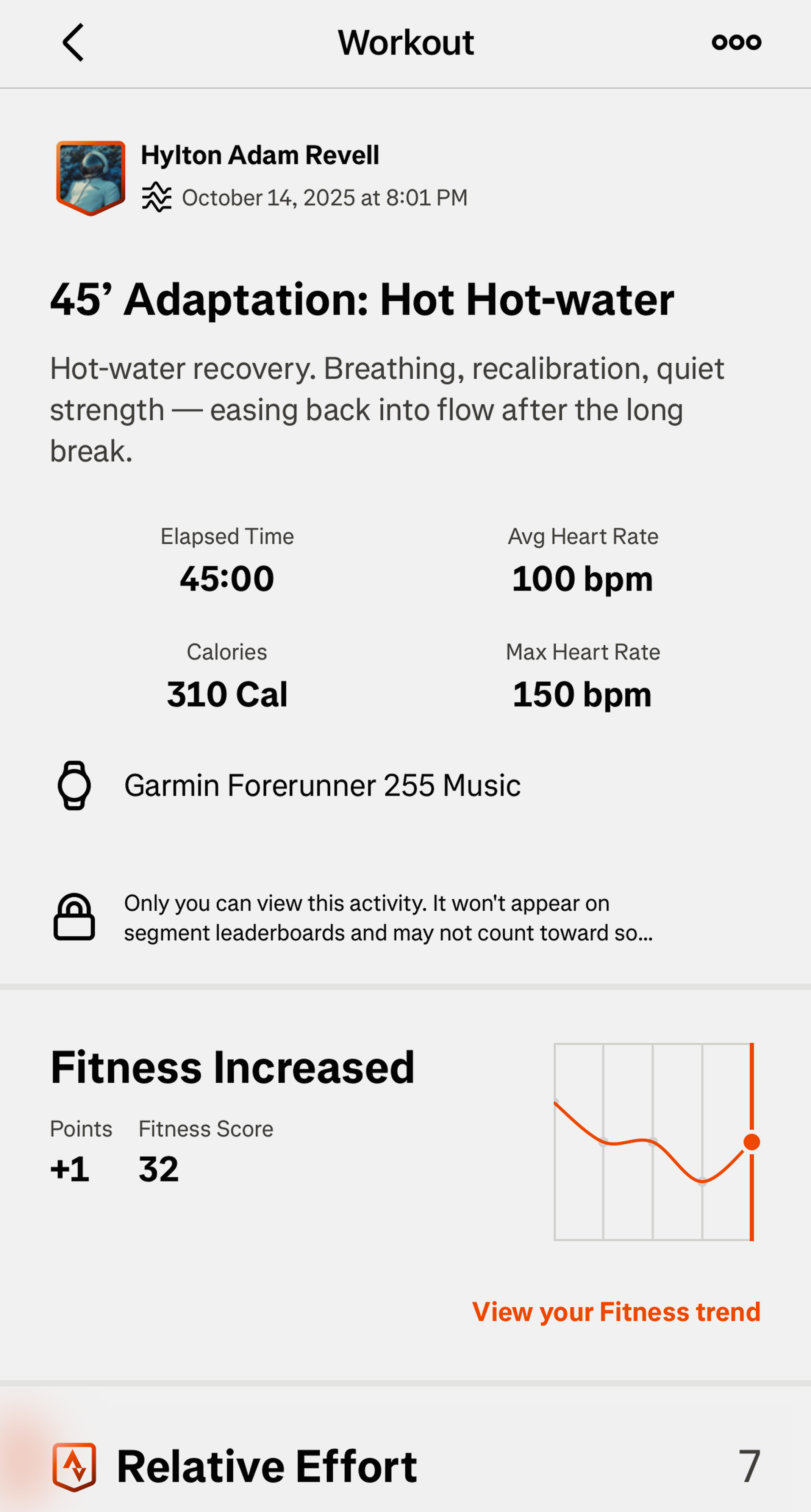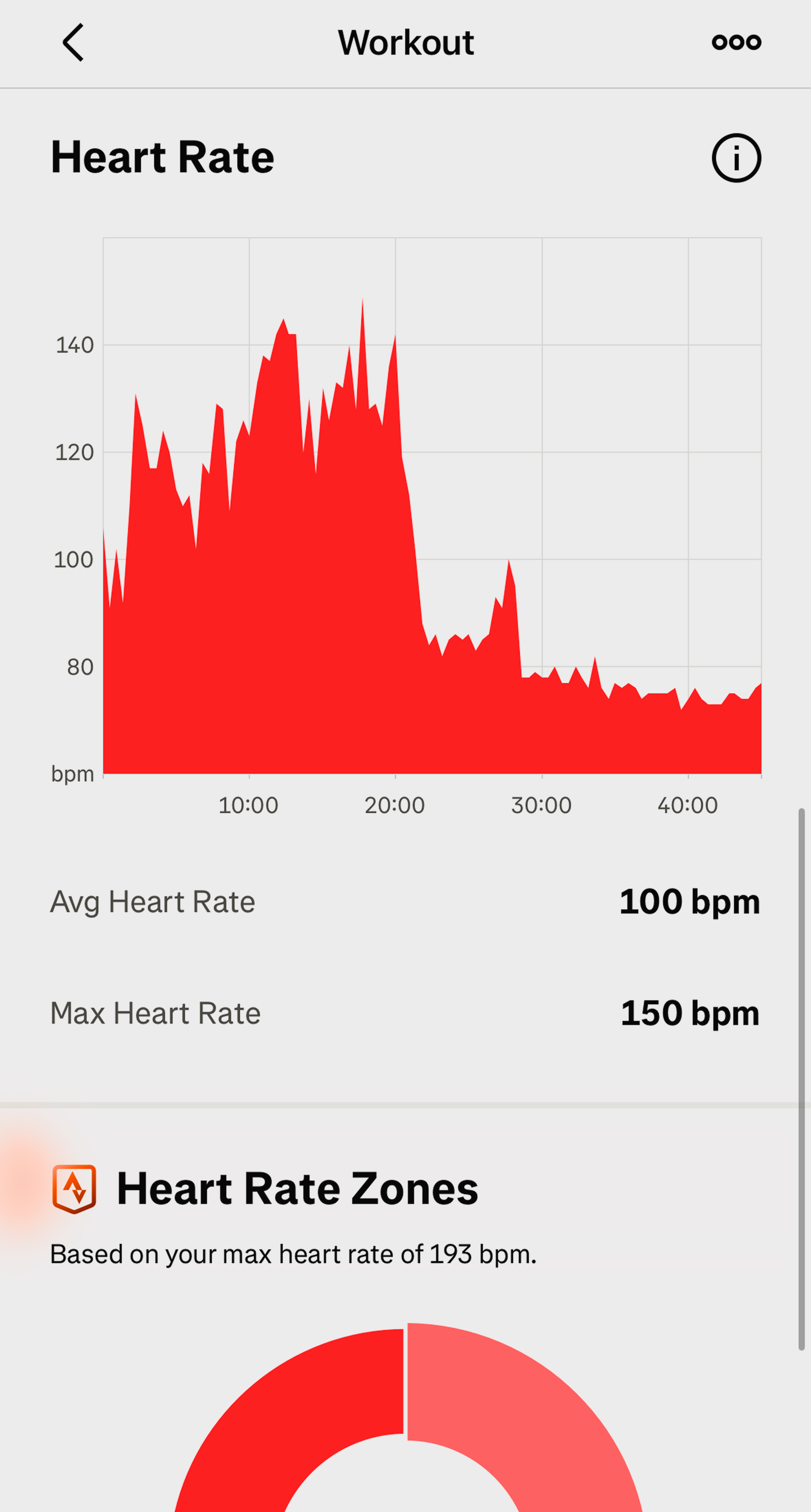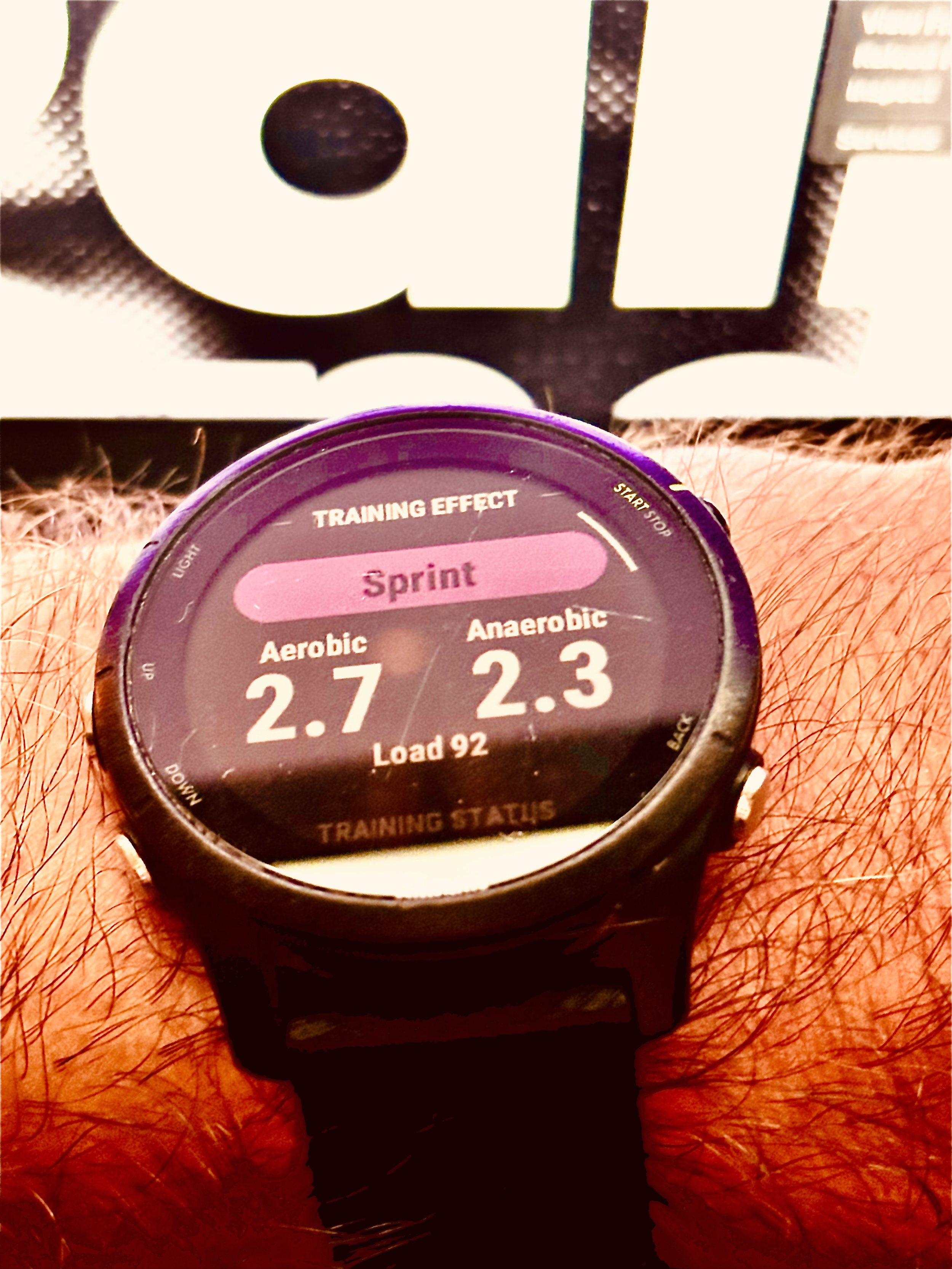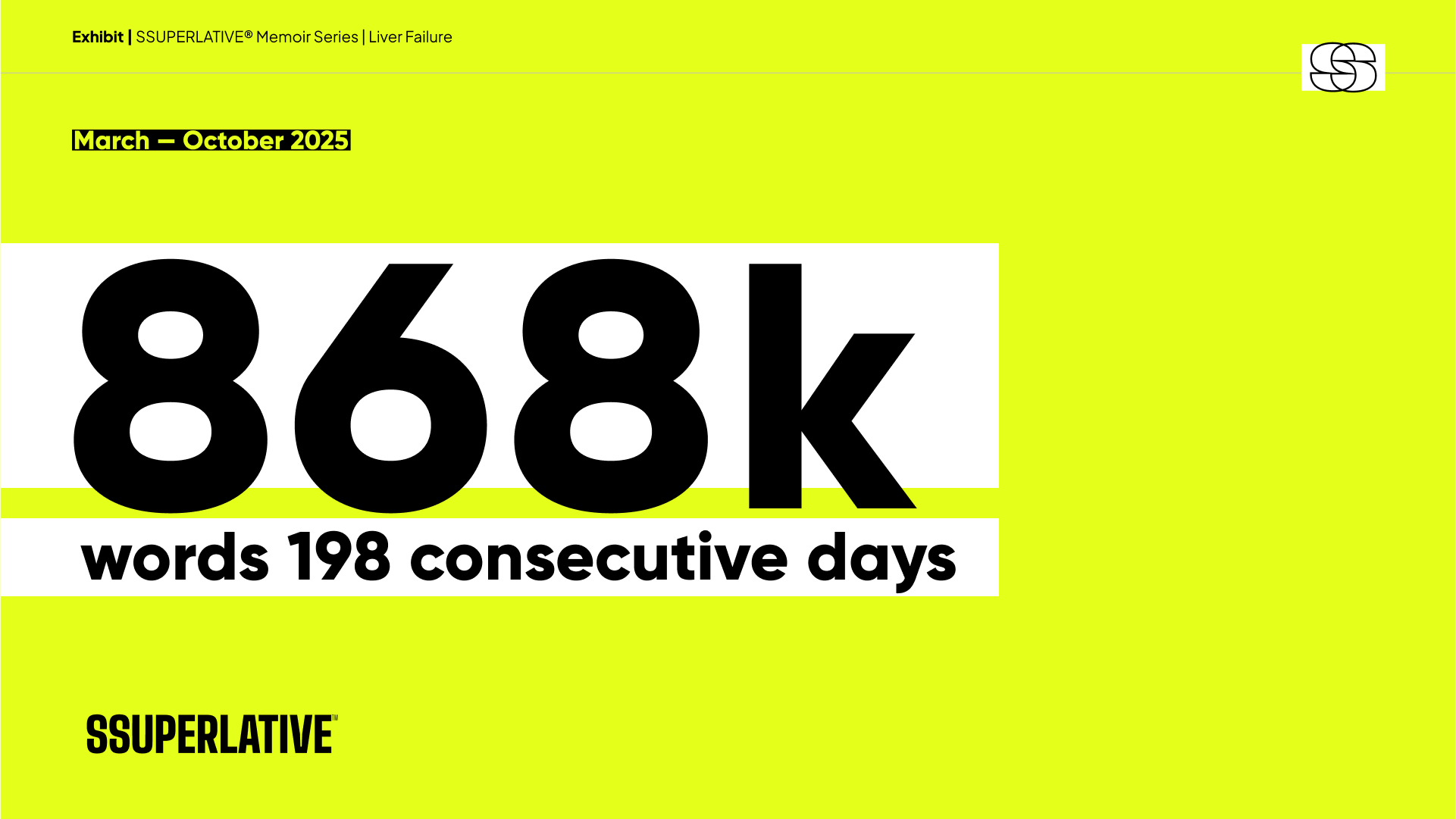problem:liver failure.
It was a complicated year [2025] — one that demanded growth, resilience, and deeper creative focus. My work on SSUPERLATIVE™ turned a corner through the use of AI-driven daily mood journaling, continuing the long story of living with bipolar disorder. Over 868,000 words later, the project had evolved into both archive and experiment, reflecting the ongoing dialogue between design, data, and self-understanding.
SYSTEM IN MOTION
This chapter builds upon the foundation of the original 2022 dataset, A Memoir of Madness and Creativity: Dig Your Own Rabbit Hole — a one-year journaling project spanning over 1.5 million words. SSUPERLATIVE™ represents the next phase of that long-term exploration, translating those early analog insights into data-driven systems of design, recovery, and resilience.
2025 was a year of collapse and construction. It began with liver failure — a total system crash — and became the test that turned years of research into lived reality. What started as a personal documentation practice grew into a real-time feedback system, connecting biology, emotion, and design.
When doctors told me I couldn’t run for six weeks, it felt like the hardest endurance test I’d ever faced. Stillness became its own form of training — a confrontation with everything I’d built my identity around. In that enforced quiet, the system I’d been designing turned inward. Recovery became data, and stillness became motion of another kind.
The early sketches show the framework taking shape: dashboards, mood logs, medication data, runs, sleep, and recovery visualised through pattern and rhythm. Each data point became language — proof that chaos could be mapped. As my body failed, the system held.
SSUPERLATIVE™ became more than a tool; it became a mirror. Methadone tapering, diazepam, circadian recalibration, and running — each phase recorded, interpreted, and rendered visible. Across 1 600 kilometres of motion, the project captured not just endurance but adaptation. Even injury had its place in the pattern: two falls, forced rest, and the lesson that stillness is part of movement.
The result is a dataset — a living document of recovery — that demonstrates what the medical system often misses: progress you can see. SSUPERLATIVE™ aims to help patients and clinicians visualise healing, replacing abstract notes with tangible data.
This chapter doesn’t represent an ending; it’s an evolution. The 2025 work shows the bridge between art, data, and survival — how a personal system for managing bipolar disorder might one day inform how we all understand recovery.
PROCESS
It wasn’t linear. Nothing about SSUPERLATIVE ever was.
Together, voice and motion formed the loop — the body as narrator, the system as listener. It proved that recovery isn’t silence after collapse, but the sound of continuity: movement as memory, data as empathy, design as survival.
VOICE JOURNALING AND RETURN TO MOTION
Before the dashboards and datasets, SSUPERLATIVE™ began in voice. The recordings were raw, spontaneous, and often caught between moments — fragments of mania, fatigue, reflection. These sessions revealed what written journals never could: the tremor of exhaustion, the rhythm of thought, the cadence of emotion. Each voice entry became data, a pulse of human experience rendered in tone and breath.
Voice journaling became the bridge between data and empathy. AI analysis translated inflection into measurable shifts, mapping fluctuations in mood and energy. The aim was never to replace human intuition, but to amplify it — to make visible what the body already knew.
When I returned to running, rhythm replaced language. Steps became sentences, distance became dialogue. The body and voice reconnected, one speaking where the other could no longer. Motion became the natural continuation of journaling — an embodied form of feedback, where each stride, breath, and heartbeat was part of the same system.
THE ADAPTATION PROTOCOL
ADAPTATION SESSION EXAMPLE — NEUROCHEMICAL RESPONSE
Adaptation sessions involve deliberate thermal contrast — immersion in heat followed by cooling phases — to activate the body’s stress and recovery systems. At a neurochemical level, this practice stimulates endorphin, oxytocin, and norepinephrine release while lowering cortisol. The result is improved mood stability, reduced anxiety, and enhanced cognitive clarity. This process strengthens neural resilience and builds the physiological foundation for sustained creative flow.
Sometimes survival isn’t in grand achievements. It’s in the repetition: water, heat, rhythm, and stillness. It’s in learning to read your body like a dataset and design your way back into balance, one variable at a time.
Each protocol entered the dataset — from Strava-tracked runs and temperature adaptation sessions to breathwork, sleep patterns, and recovery rituals — every variable logged for later measurement and comparison.
Compulsion became another form of data. Late nights rebuilding decks, chasing visual logic through fatigue — mania disguised as precision. Within SSUPERLATIVE™ it found a category: Creative Flow / Mental Sprints. Pathology reframed as protocol.
Across dashboards and motion studies, the body became interface — temperature, pulse, effort, sleep, output. Biology visualised through motion design; emotion translated into geometry. Every breath, bath, and step animated as feedback: a language between physiology and pattern.
This is what SSUPERLATIVE™ became — a fusion of art, science, and self-regulation. A system where rituals turn into research, and design becomes the medium through which recovery is understood.
Originally developed years earlier during benzodiazepine withdrawal, the Adaptation Protocol evolved into a daily creative and protective practice — blending cold and hot water immersion, temperature shifts, and bath-based reflection. Over time, it became less an experiment and more a rhythm: a method of recalibration, creativity, and control that continues today as a foundation for both physical reset and mental flow.
By mid-2025, survival had become method. What began as recovery turned into a controlled experiment in adaptation — a daily negotiation between biology, chemistry, and design.
The bath became my Adaptation Protocol: temperature, breathwork, silence. A practical reset for a nervous system that refused to obey. Yet baths were only one layer of the system. Groceries, movement, sleep, sugar — all logged, visualised, cross-referenced. What appeared mundane became measurable.
SYSTEM DATA AND PERFORMANCE
Over the course of a year, each layer of this system — running, adaptation, journaling, sleep, and pharmacological data — is measured with the same precision as a Strava log. Every dataset represents a different dimension of recovery and performance, from mood variability to biochemical balance.
When my liver failed, I was treated with opioids for seven weeks, leaving me to manage a complex methadone taper. I used AI to model tapering ratios and study pharmacokinetic interactions, tracking the impact of each dosage change alongside my gamma stack, sleep data, and running performance. These data layers — physical, chemical, and emotional — formed the full map of recovery.
The goal remains to build an integrated visual language of health — where endurance, emotion, chemistry, and design coexist as connected feedback loops guiding long-term balance, adaptability, and growth.
REFLECTION AND EVOLUTION
Balancing life as an athlete, a person living with bipolar disorder, and a functioning creative product designer has meant navigating multiple dimensions of identity — physical endurance, emotional volatility, and intellectual precision. Being a designer has shaped the way I approach this system: through the lens of traditional product design, yet applied to the far more complex problem of human experience.
This reflection brings together a decade of lived research — a dialogue between art, endurance, and science. From the million‑word analog archive to the AI‑driven dataset, SSUPERLATIVE™ continues to evolve as both a design experiment and a human experiment — a map of what it means to live, adapt, and create within the flux of disorder.
Voice journaling, data visualisation, and AI analysis have all become ways of designing visibility into an invisible disorder. SSUPERLATIVE™ stands as both creative practice and survival framework — evidence that design thinking, when turned inward, can reveal the architecture of being human.
The human being is a complex system — a living product of chemistry, emotion, and adaptation. Bipolar disorder, often misunderstood, exists within this complexity. By documenting my experience, I’ve aimed to design clarity into chaos — to give structure to something that resists definition. Through sharing, I believe light can be brought to this condition, opening new pathways for understanding, treatment, and sustainable living.
![HOTELROMEO [2026 Ro Soft Merge]](http://images.squarespace-cdn.com/content/v1/68d154032c5eb30eb8b894e0/43696dc8-762b-4fb2-992b-341f083b14d8/HTL+%3A+RO+Merge.png?format=1500w)




